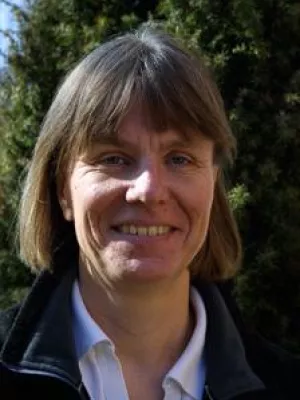
Katarina Hedlund
Professor

Food web assembly in isolated habitats: A study from recently emerged nunataks, Iceland
Författare
Summary, in English
Allochthonous arthropods can sustain a local food web on seemingly barren land, but are nevertheless often neglected in studies of community assembly. In the present study, we investigated primary food web assembly on nunataks (ice-free areas) in a retreating glacier in Iceland. Nunataks enable studies that take into account both the temporal factor of the assembly and the influx of allochthonous organisms. Arthropods were collected on sites of different age on five nunataks younger than 70 years, as well as the youngest parts of one old nunatak. The youngest sites had no vegetation and were dominated by detritivores and predators along with allochthonous arthropods. The arthropod biomass, that was considered established, increased with vegetation cover and site age but also differed among nunataks. To investigate whether or not the assembly of arthropods was consistent with the predictions of assembly rules, we tested whether, (1) the proportion of each trophic level changed non-randomly, (2) predator-prey ratio remained constant, and (3) larger species replaced smaller ones. We could only verify that proportions of trophic levels changed non-randomly. As assembly rules only apply for established organisms, it is possible that difficulties in determining whether e. g. generalist predators were established or not may affect the outcome of analyses of assembly rules. It is thus important to be aware that unintentional inclusion of allochthonous arthropods in models of community assembly may affect whether or not the community can be explained and predicted by assembly rules.
Avdelning/ar
- Biodiversitet
- Evolutionär ekologi
- BECC: Biodiversity and Ecosystem services in a Changing Climate
- Markgruppen
- Teoretisk populationsekologi och evolution
Publiceringsår
2013
Språk
Engelska
Sidor
174-183
Publikation/Tidskrift/Serie
Basic and Applied Ecology
Volym
14
Issue
2
Dokumenttyp
Artikel i tidskrift
Förlag
Elsevier
Ämne
- Ecology
Nyckelord
- Allochthonous material
- Arthropods
- Assembly rules
- Biomass
- Colonisation
- Community assembly
Status
Published
Forskningsgrupp
- Soil Ecology
- Theoretical Population Ecology and Evolution Group
ISBN/ISSN/Övrigt
- ISSN: 1618-0089